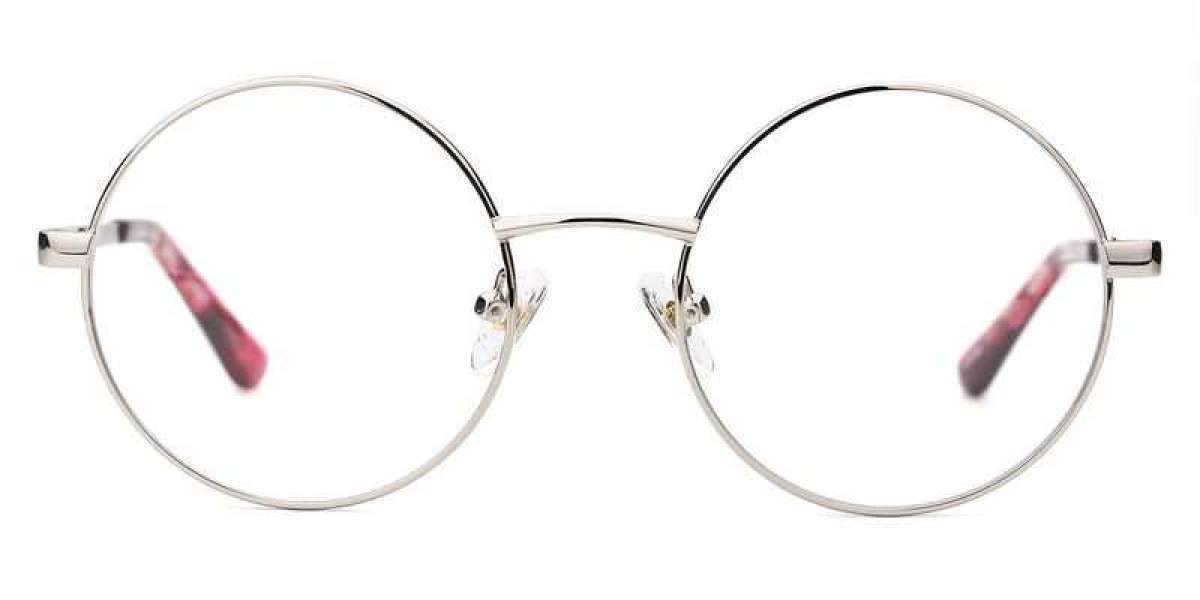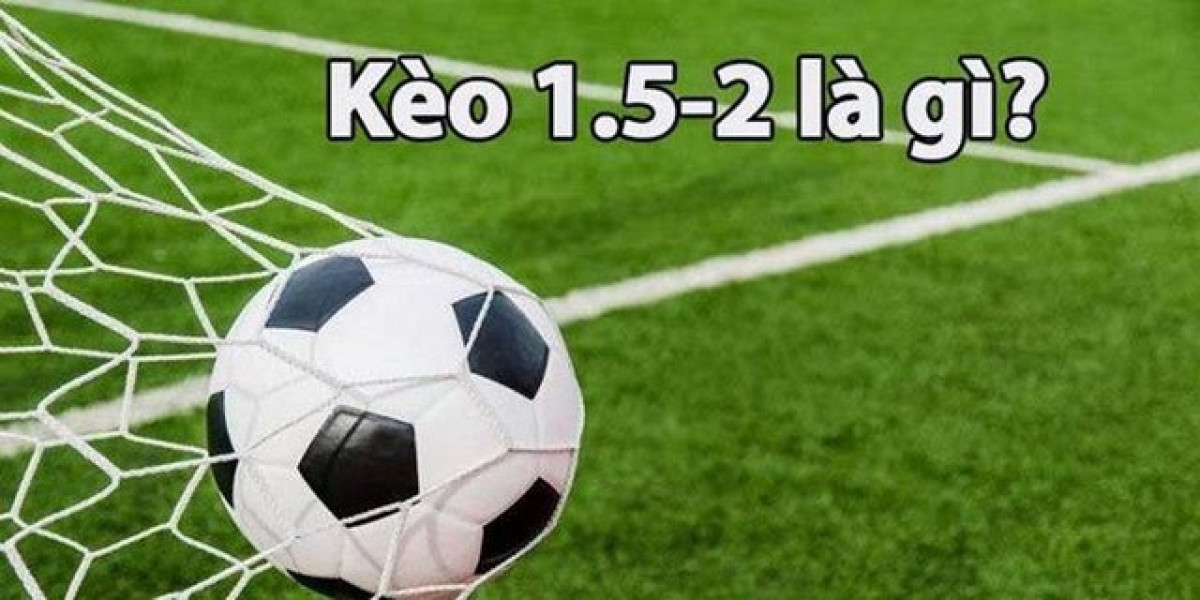The commonly used proximity aids include eyeglass aids, proximity (or mid range) telescopes, hand-held magnifying glasses, vertical magnifying glasses, and closed-circuit television aids.
A vertical magnifying glass is actually a magnifying glass fixed to a vertical shelf. However, because it frees one hand and is convenient to use, it is more popular with patients with low vision, especially for long-term reading. However, due to the fixed distance, it is necessary to wear reading glasses or adjust them. For elderly patients, they can only wear reading glasses, which is easier for children to accept.
Eyeglass aids are not very different from ordinary glasses, except that their diopter is relatively high, ranging from 4D to 40D, and they are both positive lenses. It has the advantages of fixed amplification, large field of vision, beautiful and convenient appearance, and can be used in combination with other visual aids. The disadvantages are short reading distance, short depth of field, the need to read in the optical center, and certain difficulties in gazing at the patient in the side center. A telescope that looks close is called a proximity telescope. The advantage is that the working distance can be slightly longer, but the depth of field is short and the field of view is small.
A hand held magnifying glass is a positive lens that can be used at different distances from the eye.
The advantage is that the working distance can be changed, the price is cheap, and it is suitable for short time use, but it requires one hand use, without double eyes and single vision.









